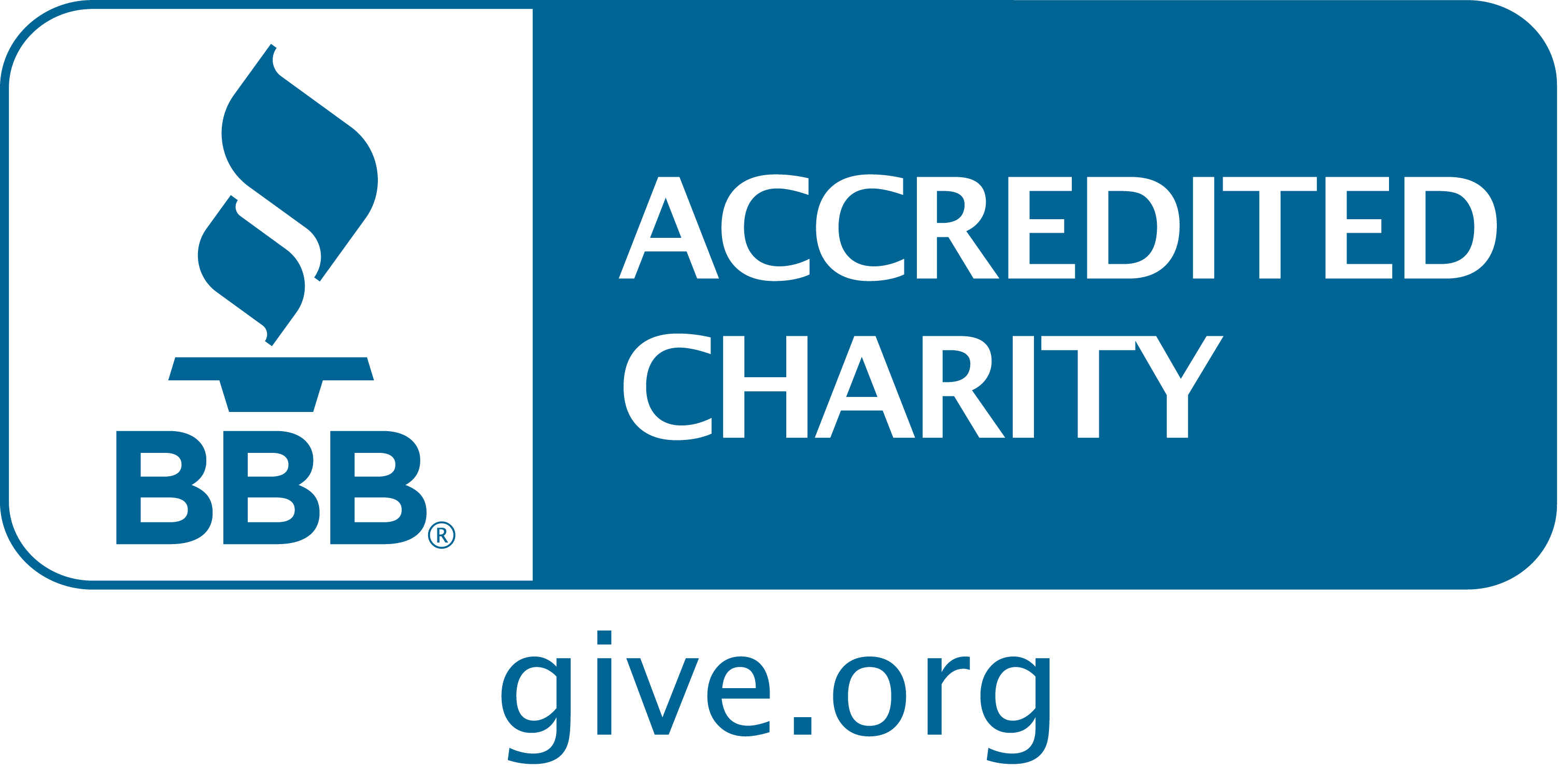Lakeland, Fl (October 20, 2024) – Disasters come in various forms, states, countries, capacities of those impacted. This results in the size of incident command teams and volunteers that deploy when calls are sent out to activate responders. Hurricane Milton came in off the heels of Hurricane Helene further distressing Floridians and creating an anomaly in operational flows.
The ability to shift the cube and maintain agencies’ motivation to allow flexibility in ways that make the most sense given the situational conditions on the ground. This fosters trust with supporting partners, stakeholders, contributors, and above all survivors affected by response and recovery.
Among the members of an incident command team are an Incident Commander, a Public Information Officer, a Liaison Officer, a Safety Officer, an Emotional and Spiritual Care Officer, an Operations Chief, a Logistics Chief, a Finance and Administrative Chief, and a Planning Chief. To produce results that benefit the greater good, all organizations require structure. Different agencies encompass different paradigms, depending on the size of their operations.
The Salvation Army, in Lakeland, Florida, has diligently worked to reach those in hard-hit locations. It provides meals, comfort kits, water, and compassionate care to Hillsborough and Polk Counties. Between October 9, 2024, and October 19, 2024, 35 individuals (10 on the Incident Command team and 25 staff, volunteers, and canteen crews) served 39,766 meals from eight mobile feeding units.
This included 3,654 meal boxes, 15,652 beverages, 7,236 snacks, 2,307 people receiving emotional and spiritual support, and 679 cleaning kits provided. The ability to deliver desired outcomes, reaching designated benchmarks of success is tied to team cohesiveness, leadership, leading initiatives, and adherence to mission functions.
Emergencies have become more complicated, posing complexities when incrusted with crisis, climate change, and conflict response. Each responding organization to a disaster has a goal in mind.
Hurricane Milton’s response had positive collaboration from agencies like: Hillsborough County Florida Emergency Operations Center, University of South Florida-Community Emergency Response Team, Canines 4 Christ, Pupmedics, God’s Pit Crew, Kentucky Baptist Kitchen, Disaster Response Ministries International, and several other entities to complete the Rubik’s Cube.
A myth of sorts in the context of the field and in interagency workings is that groups are in for their own gain. The truth of the matter is that the hearts of any organization are in for the greater good and that is to serve areas impacted by disasters.
It is through serving others selflessly that The Salvation Army can reflect Christ’s values, because Christ’s leadership isn’t about being in charge-it’s about being present, compassionate, and ready to serve.
The Salvation Army’s work during a disaster would not be possible without our public and private donors. As one of the most recognized and beloved charities, The Salvation Army has a geographical footprint that stretches across almost every zip code in America and 134 countries. If your corporation is interested in partnering with The Salvation Army Emergency Disaster Services program during a disaster relief or preparedness effort, please contact us https://disaster.salvationarmyusa.org/corporate.php










